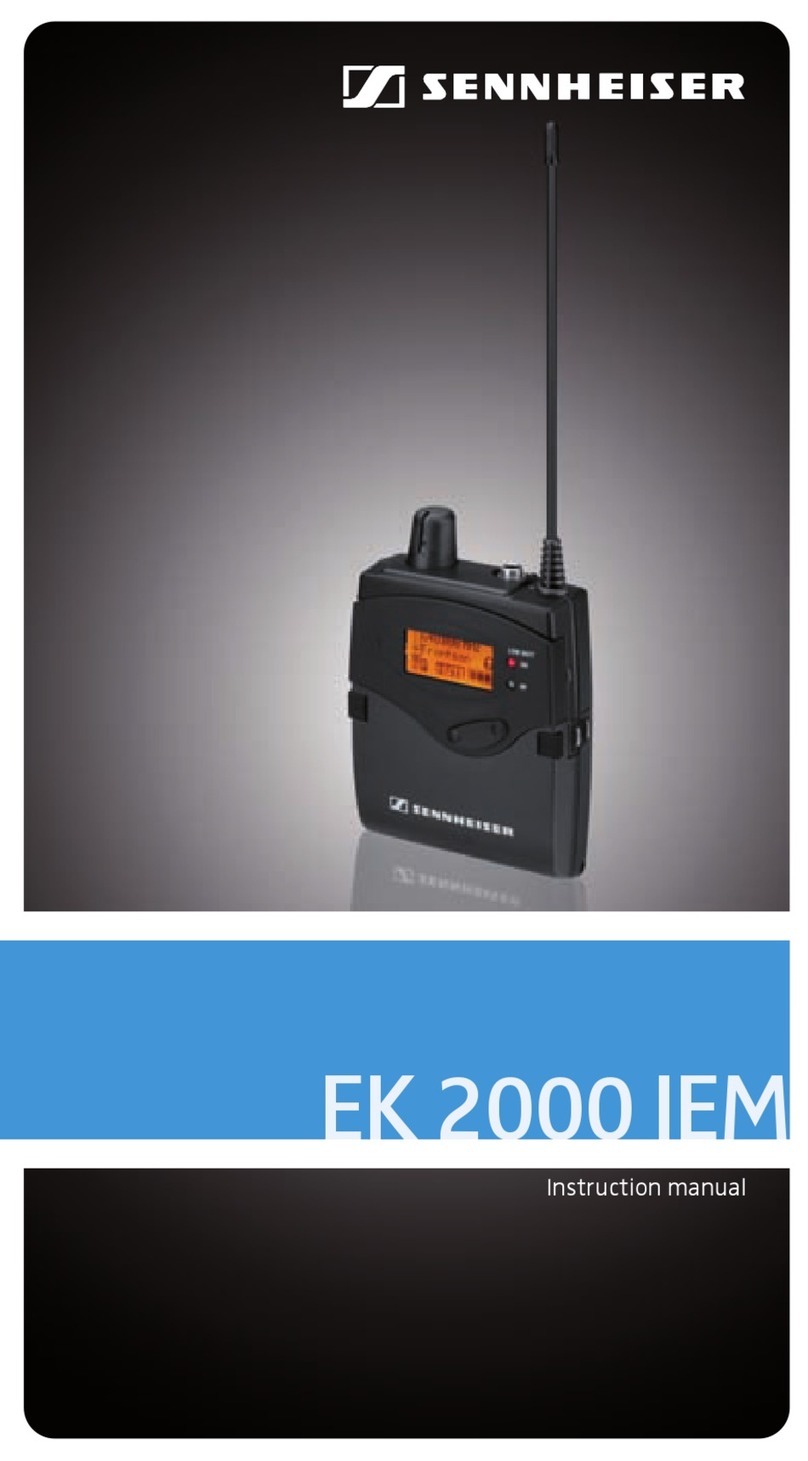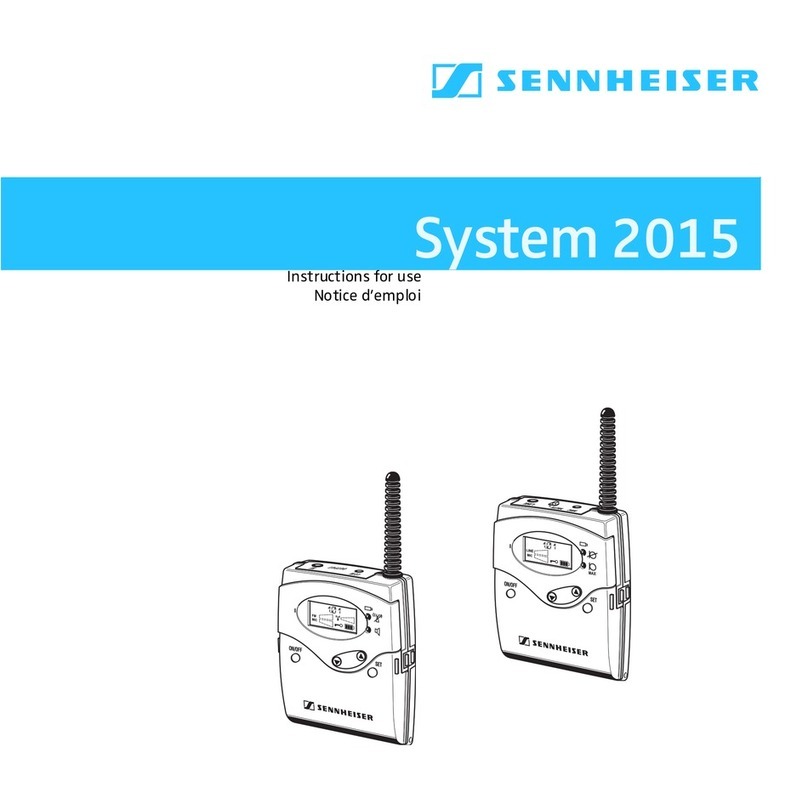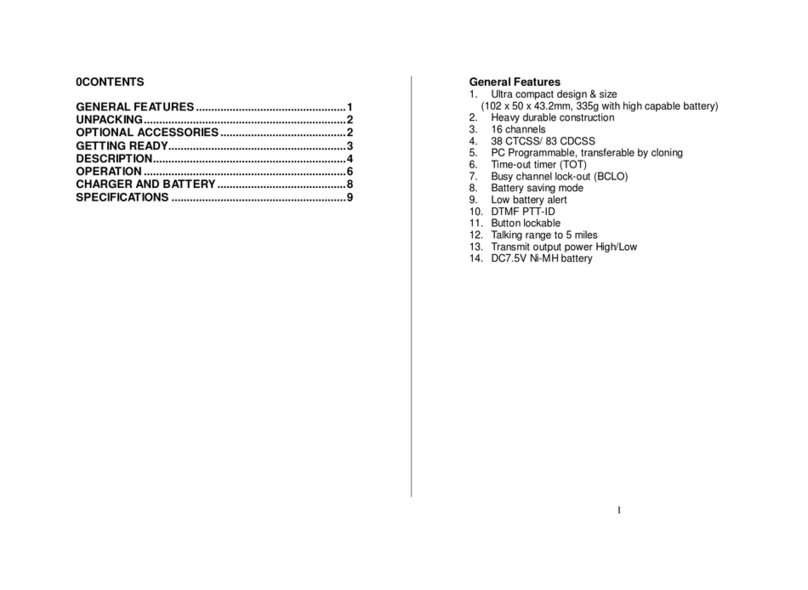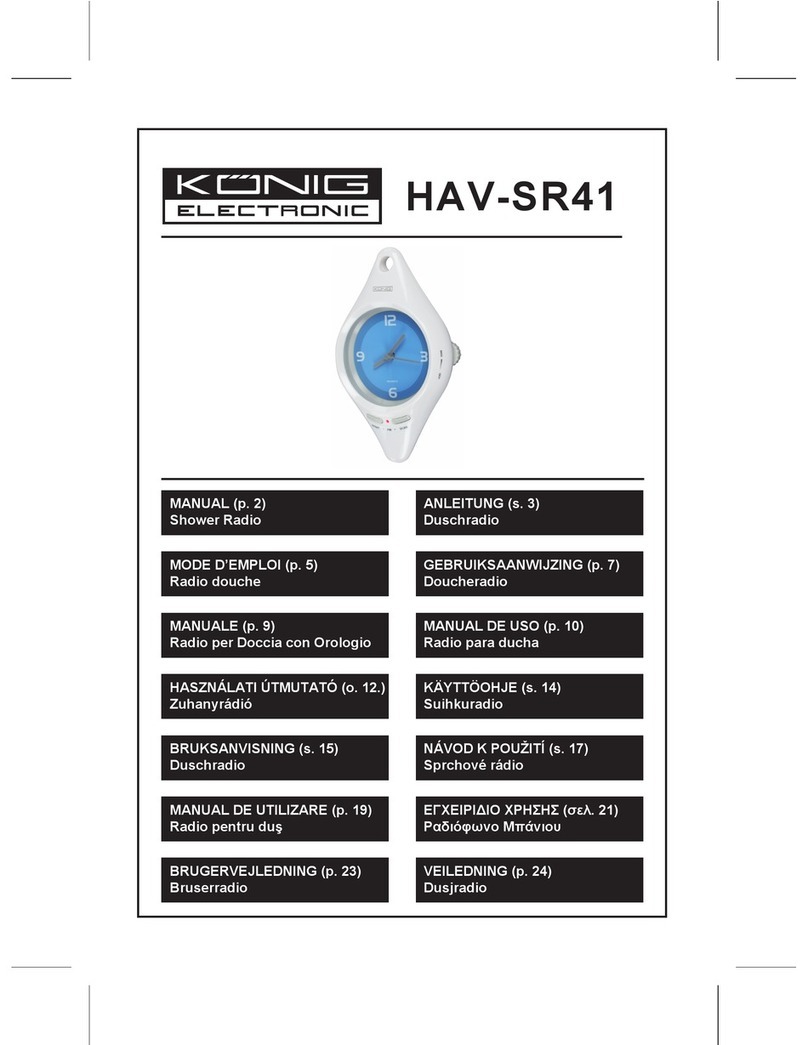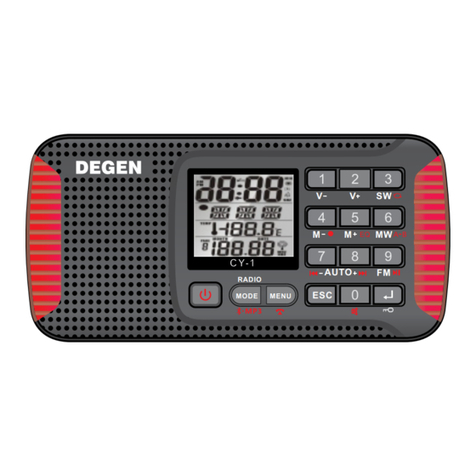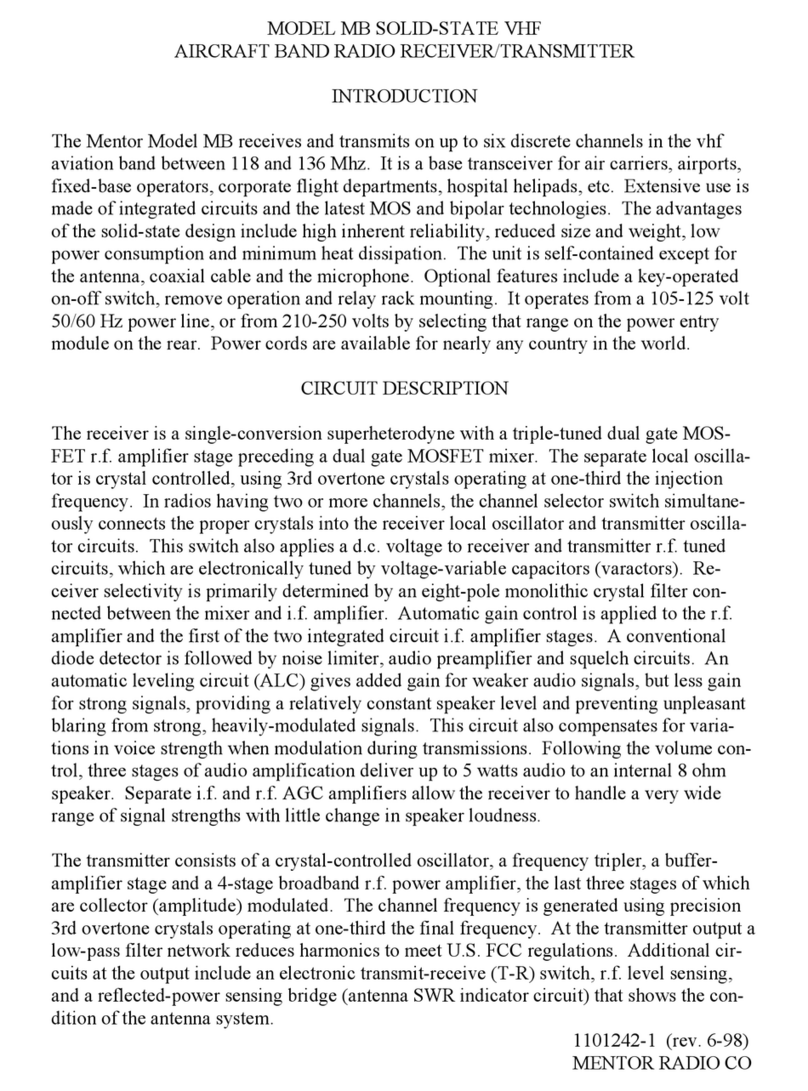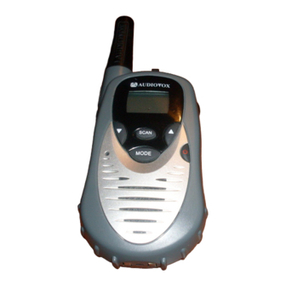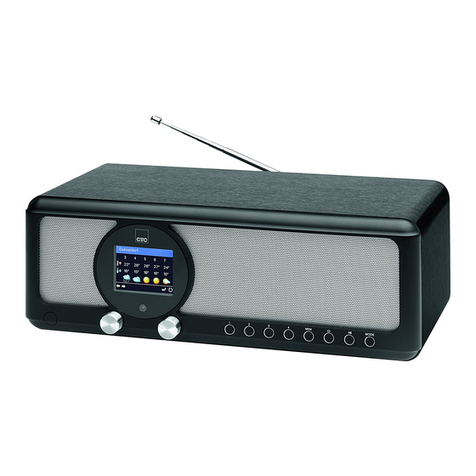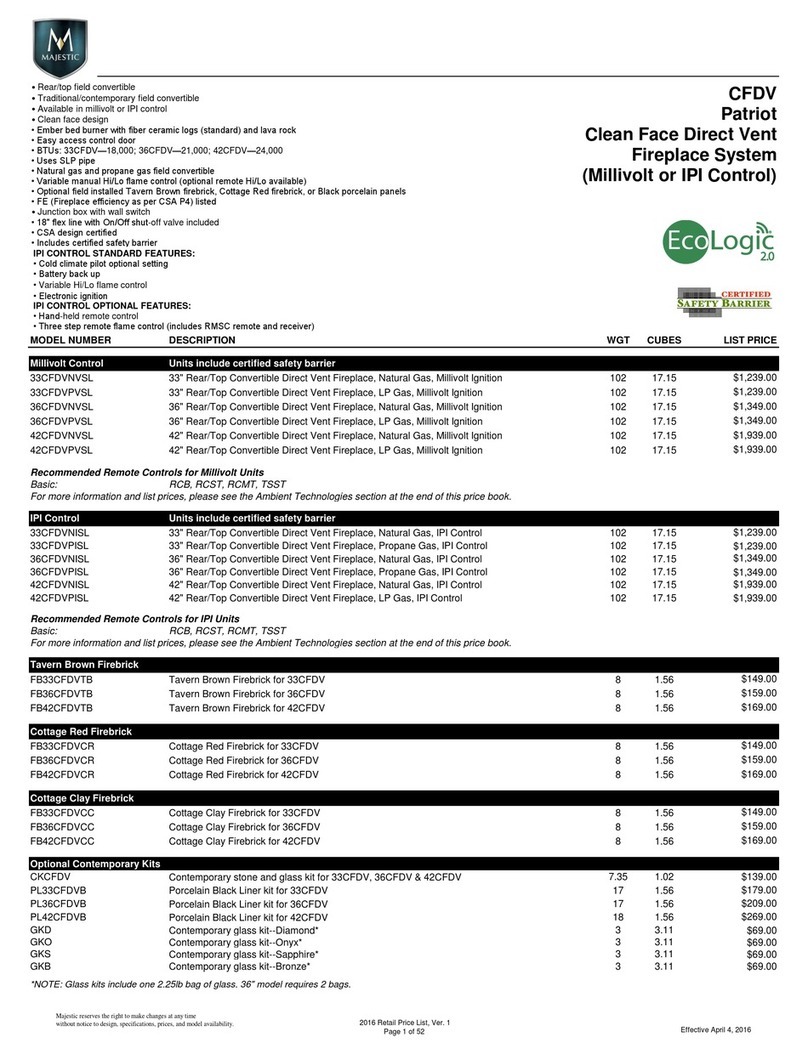Sennheiser EK 2000 IEM User manual

EK 2000 IEM
Instruction manual

Tastensymbole / Button icons / Icônes de touches /
Simboli dei tasti / Símbolos de las teclas / Toetssymbolen /
Símbolos dos botões / Символы кнопок / 按键图标
Taste ON/OFF /ON/OFF button / Touche ON/OFF /
Tasto ON/OFF / Botón ON/OFF /Toets ON/OFF /
Botão ON/OFF /Кнопка ON/OFF /开关键 ON/OFF
ON/OFF drücken / Press the ON/OFF button / Appuyer sur
la touche ON/OFF / Premere ON/OFF / Pulsar ON/OFF /
ON/OFF indrukken / Premir ON/OFF / Нажать ON/OFF /
按ON/OFF 键
Taste SET / SET button / Touche SET / Tasto SET /
Botón SET /Toets SET /Botão SET / Кнопка SET /设置键 SET
SET drücken / Press the SET button / Appuyer sur la touche
SET / Premere SET / Pulsar SET / SET indrukken / Premir SET /
Нажать SET / 按SET 键
Taste UP/DOWN / Button UP/DOWN / Touche UP/DOWN /
Tasto UP/DOWN / Tecla UP/DOWN / Toets UP/DOWN /
Botão UP/DOWN / Кнопка UP/DOWN /上下键UP/DOWN
Taste UP/DOWN drücken / Press the button UP/DOWN /
Appuyer sur la touche à bascule UP/DOWN / Premere il tasto
UP/DOWN / Pulsar tecla UP/DOWN / De toets UP/DOWN
indrukken / Premir o botão UP/DOWN / Нажать кнопку
UP/DOWN / 上下键 UP/DOWN
ESC
ESC
SET
SET

1
Contents
Contents
Important safety instructions .......................................................................... 2
The EK 2000 IEM diversity receiver ................................................................. 4
Areas of application ........................................................................................ 4
The frequency bank system .......................................................................... 5
Delivery includes .................................................................................................. 6
Product overview ................................................................................................. 7
Overview of the EK 2000 IEM diversity receiver ........................................ 7
Overview of the displays ................................................................................ 8
Putting the diversity receiver into operation ............................................ 10
Inserting the batteries/accupack .............................................................. 10
Charging the accupack ................................................................................. 10
Connecting the earphones .......................................................................... 11
Attaching the diversity receiver to clothing ........................................... 11
Using the diversity receiver ........................................................................... 13
Switching the diversity receiver on/off and adjusting the volume ... 13
Deactivating the lock mode temporarily ................................................. 14
Selecting a standard display ...................................................................... 15
Using the operating menu ............................................................................. 16
The buttons .................................................................................................... 16
Overview of the operating menu ............................................................... 16
Working with the operating menu ........................................................... 18
Synchronizing a transmitter with the diversity receiver ........................ 20
Setting the transmitters to intermodulation-free
channels (Easy Setup Sync) ........................................................................ 20
Synchronizing transmitters with diversity receivers (Sync) ............... 21
Cleaning the diversity receiver ...................................................................... 21
Recommendations and tips ........................................................................... 22
If a problem occurs ... ....................................................................................... 23
Accessories ......................................................................................................... 24
Specifications .................................................................................................... 25
Manufacturer Declarations ............................................................................. 27
For further information, visit the EK 2000 IEM product page
on our website at www.sennheiser.com.

2
Important safety instructions
Important safety instructions
• Read this instruction manual.
• Keep this instruction manual. Always include this instruction manual
when passing the product on to third parties.
• Heed all warnings and follow all instructions.
• Use only a cloth for cleaning the product.
• Do not place the product near any heat sources such as radiators, stoves,
or other devices (including amplifiers) that produce heat.
• Only use attachments/accessories specified by Sennheiser.
• Refer all servicing to qualified service personnel.
Servicing is required if the product has been damaged in any way, liquid
has been spilled, objects have fallen inside, the product has been
exposed to rain or moisture, does not operate properly or has been
dropped.
• WARNING: To reduce the risk of short circuits, do not use the product
near water and do not expose it to rain or moisture.
• This product is also intended for professional use. Commercial use is
subject to the safety-at-work regulations. Sennheiser, as the manufac-
turer, is therefore obliged to expressly point out possible health risks
arising from use.
This product is capable of producing sound pressure exceeding
85 dB(A). 85 dB(A) is the sound pressure corresponding to the
maximum permissible volume which is by law (in some countries)
allowed to affect your hearing for the duration of a working day. It is
used as a basis according to the specifications of industrial medicine.
Higher volumes or longer durations can damage your hearing. At higher
volumes, the duration must be shortened in order to prevent hearing
damage. The following are sure signs that you have been subjected to
excessive noise for too long a time:
– You can hear ringing or whistling sounds in your ears.
– You have the impression (even for a short time only) that you can no
longer hear high notes.

3
Important safety instructions
Intended use
Intended use of the EK 2000 IEM diversity receiver includes:
• having read this instruction manual, especially the chapter “Important
safety instructions”,
• using the product within the operating conditions and limitations
described in this instruction manual.
“Improper use” means using the product other than as described in these
instructions, or under operating conditions which differ from those
described herein.

4
The EK 2000 IEM diversity receiver
The EK 2000 IEM diversity receiver
This diversity receiver is part of the 2000 series. With this series,
Sennheiser offers high-quality state-of-the-art RF transmission systems
with a high level of operational reliability and ease of use. Transmitters
and receivers are designed for monitoring applications and permit wireless
transmission with studio-quality sound.
Features of the 2000 series:
• Optimized PLL synthesizer and microprocessor technology
•HDX noise reduction system
• Adaptive diversity technology
• Switching bandwidth of up to 75 MHz
• Scan function (Easy Setup) for scanning the frequency banks for unused
channels
• Adjustable and switchable limiter
Adaptive Diversity
This diversity receiver uses the ground connection of the earphones cable
as its second antenna to provide improved reception.
Areas of application
The receiver can be combined with the SR 2000 IEM and SR 2050 IEM
transmitters.
These transmitters are available in the same UHF frequency ranges and are
equipped with the same frequency bank system with factory-preset
frequencies. An advantage of the factory-preset frequencies is that
Diversity receiver Earphones Transmitters
EK 2000 IEM IE 4 SR 2000 IEM
SR 2050 IEM
StereoTransmitter SR 2000 IEM
PEAK
-10
0
-20
-30
-40
PEAK
-10
0
-20
-30
-40
AFI AFII
516.000
B.Ch: 1 1
EQ
Standard -18dB
MHz
**2000**
StereoTransmitter SR 2050 IEM
PEAK
-10
0
-20
-30
-40
PEAK
-10
0
-20
-30
-40
AFI AFII
516.000
B.Ch: 1 1
EQ
Standard -18dB
MHz
PEAK
-10
0
-20
-30
-40
PEAK
-10
0
-20
-30
-40
AFI AFII
516.000
B.Ch: 1 1
EQ
Standard -18dB
MHz
**2050**
**2050**

5
The EK 2000 IEM diversity receiver
• a transmission system is ready for immediate use after switch-on,
• several transmission systems can be operated simultaneously on the
preset frequencies without causing intermodulation interference.
The frequency bank system
The receiver is available in 6 UHF frequency ranges with up to
3,000 receiving frequencies per frequency range:
Each frequency range (Aw–Dw, Gw, GBw) offers 26 frequency banks with
up to 32 channels each:
Each of the channels in the frequency banks “1” to “20” has been factory-
preset to a fixed frequency (frequency preset). The factory-preset
frequencies within one frequency bank are intermodulation-free. These
frequencies cannot be changed.
For an overview of the frequency presets, please refer to the supplied
frequency information sheet. Updated versions of the frequency informa-
tion sheet can be downloaded from the EK 2000 IEM product page on our
website at www.sennheiser.com.
The frequency banks “U1” to “U6” allow you to freely select and store
frequencies. It might be that these receiving frequencies are not intermod-
ulation-free (see page 20).
500 600 700 800
Range Gw:
558 – 626
Range Bw:
626 – 698
Range Cw:
718 – 790
Range Dw:
790 – 865
516 – 558
Range Aw:
GBw:
606 – 678
Range
Frequency bank 1... 20
Frequency bank U1 ... U6
Channel 32 – frequency preset
Channel 1– frequency preset
Channel 2– frequency preset
Channel 32 – freely selectable frequency
Channel 1– freely selectable frequency
Channel 2– freely selectable frequency

6
Delivery includes
Delivery includes
The packaging contains the following items:
1 EK 2000 IEM diversity receiver
1 pair of IE4 earphones
1 instruction manual
1 frequency information sheet

7
Product overview
Product overview
Overview of the EK 2000 IEM diversity receiver
쐃On/off/volume control
쐇Headphone output (PHONES),
3.5 mm stereo jack socket, lockable
(the shielding is used by antenna II)
쐋Antenna I
쐏Operation and battery status
indicator, red LED
(lit = ON,flashing = LOW BATT)
쐄RF signal indication, green LED
(lit = RF)
쐂Charging contacts
쐆SET button
쐊UP/DOWN button 왖/왔
쐎Battery compartment
쐅Battery compartment cover
(metal)
쐈Battery compartment catches
쐉Infra-red interface
씈ESC button
씉Display panel, backlit in orange
쐋
쐏
쐄
쐆
쐂
씈
쐉
쐂
씉
쐎
쐈
쐈
쐊
쐇
쐅
쐃

8
Product overview
Overview of the displays
After switch-on, the diversity receiver displays the standard display
“Frequency/Name”. For further illustrations and examples of the different
standard displays, refer to page 15.
The display backlighting is automatically reduced after approx.
20 seconds.
Display Meaning
햲RF level “RF”
(Radio Frequency)
Diversity display:
Antenna input I is active
Antenna input II is active
Squelch threshold level
RF signal level:
Field strength of the received signal
햳Audio level “AF”
(Audio Frequency)
Modulation of the transmitter
(channel-separated when the
transmitter is set to stereo mode)
Peak hold function
When the display shows full
deflection, the audio input level
is excessively high.
햴Frequency Current receiving frequency
햵Name Freely selectable name of the receiver
햶Lock mode icon Lock mode is activated (see page 14)
823.925
**2000**
P
AFRF
MHz
MUTE
햲 햳 햴햵
햶
햷햹 햸
RF
AF

9
Product overview
햷Battery status Charge status:
approx. 100%
approx. 70%
approx. 30%
charge status is critical, the red
LOW BATT LED 쐏
is flashing
:
햸Muting function
“MUTE”
“Mute” is only displayed on the “Frequency/
Name” standard display (see page 15)
• when the transmitter’s RF signal is
deactivated or
• when the transmitter is set to mono mode
and therefore does not transmit a pilot
tone but the receiver’s pilot tone evalua-
tion is activated.
or audio channels The audio channels are only displayed on the
“Frequency/Limiter” and “Frequency/High
Boost” standard displays (see page 15)
Stereo
Focus
햹Pilot tone “P”Activated pilot tone evaluation
Display Meaning
쐏

10
Putting the diversity receiver into operation
Putting the diversity receiver into
operation
Inserting the batteries/accupack
For powering the diversity receiver, you can either use two 1.5 V AA size
batteries or the rechargeable Sennheiser BA 2015 accupack (see “Accesso-
ries” on page 24).
왘Open the battery compartment by pushing the two catches 쐈in the
direction of the arrows and open the cover 쐅.
왘Insert the two batteries or the accupack as shown above. Please
observe correct polarity when inserting the batteries/accupack.
왘Close the battery compartment by pressing on the center of the
cover 쐅.
The battery compartment cover 쐅locks into place with an audible
click.
Charging the accupack
To charge the BA 2015 accupack (see “Accessories” on page 24) installed
in the diversity receiver:
왘Insert the diversity receiver into the L 2015 charger ((see “Accessories”
on page 24)).
The L 2015 charger can only charge the combination BA 2015
accupack/diversity receiver. Standard batteries (primary cells) or
individual rechargeable battery cells cannot be charged.
쐅쐈
쐅
쐂
쐂

11
Putting the diversity receiver into operation
Connecting the earphones
왘Connect the earphones to the socket 쐇.
Attaching the diversity receiver to clothing
You can use the belt clip 씍to attach the diversity receiver to clothing
(e.g. belt, waistband).
The belt clip is detachable so that you can also attach the diversity receiver
with the antenna pointing downwards. To do so, withdraw the belt clip
from its fixing points and attach it the other way round. The belt clip is
secured so that it cannot slide out of its fixing points accidentally.
The ground connection of the earphones cable serves as the
antenna for the second diversity section. For details on the
connector assignment, refer to the diagram on page 26.
쐇
씊

12
Putting the diversity receiver into operation
To detach the belt clip:
왘Lift one side of the belt clip as shown.
왘Press down the belt clip at one fixing point and pull it out of the
housing.
왘Repeat for the other side.

13
Using the diversity receiver
Using the diversity receiver
To establish a transmission link, proceed as follows:
1. Switch the transmitter on
(
see the instruction manual of the trans-
mitter
).
2. Switch the diversity receiver on (see next section)
.
The transmission link is established and the receiver’s RF level display
“RF”햲reacts.
왘If you cannot establish a transmission link between transmitter and
receiver, read the chapter “Synchronizing a transmitter with the diver-
sity receiver” on page 20.
Switching the diversity receiver on/off and adjusting
the volume
To switch the diversity receiver on:
왘Turn the volume control 쐃clockwise until it clicks.
The red ON LED 쐏lights up. The “Frequency/Name” standard display
appears on the display panel.
To switch the diversity receiver off:
왘Turn the volume control 쐃counterclockwise until it clicks.
The red ON LED 쐏goes off and the diversity receiver switches off.
It is vital to observe the notes on frequency selection on page 20.
쐏

14
Using the diversity receiver
To adjust the volume:
왘Turn the volume control 쐃.
Deactivating the lock mode temporarily
You can activate or deactivate the automatic lock mode via the “Auto
Lock” menu item. If the lock mode is activated, you have to temporarily
deactivate it in order to be able to operate the receiver:
The lock mode icon 햶flashes prior to the lock mode being activated again.
CAUTION! Danger of hearing damage!
Listening at high volume levels for long periods can lead
to permanent hearing defects.
왘Set the volume to a low level before putting the
earphones on.
왘Do not continuously expose yourself to high volumes.
왘Press the SET button.
“Locked” appears on the display panel.
왘Press the UP/DOWN button 왖/왔.
“Unlock?” appears on the display panel.
왘Press the SET button.
– When you are in the operating menu, the lock mode remains
deactivated until you exit the operating menu.
– When one of the standard displays is shown, the lock mode
is automatically activated after 10 seconds.
SET
SET
AFRF
823.925
**2000**
MHz
P
MUTE

15
Using the diversity receiver
Selecting a standard display
For more information, refer to the chapter “Overview of the displays” on
page 8.
왘Press the ESC button to select a standard display. In stereo
mode you can alternatively press the UP/DOWN button 왖/왔.
Contents of the display Selectable standard display
“Frequency/Name”
with “MUTE” display 햸
“Frequency/Limiter”
with display of the audio channels (Stereo/
Focus) 햸
“Frequency/High Boost“
with display of the audio channels (Stereo/
Focus) 햸
ESC
AFRF
MHz
823.925
**2000**
P
MUTE
햸
P
AFRF
516.000
Lim: - 6dB
MHz
햸
P
AFRF
516.000
MHz
햸

16
Using the operating menu
Using the operating menu
A special feature of the Sennheiser 2000 series is the consistent, intuitive
menu structure of transmitters and receivers. As a result, adjustments to
the settings can be made quickly – even in stressful situations, for example
on stage or during a live show or presentation.
The buttons
Overview of the operating menu
Button Function of the button
Press the ESC button • Selects a standard display (see page 15)
• Cancels the entry and returns to the current
standard display (ESC function)
Press the SET button • Changes from the current standard display to
the operating menu
• Calls up a menu item
• Enters a submenu
• Stores the settings and returns to the operating
menu
Press the UP/DOWN
button 왖/왔
•InFocusmode:
Adjusts the balance
•Instereomode:
Selects a standard display (see page 15)
• Changes to the next/previous menu item
• Changes the setting of a menu item
ESC
SET
Main menu
“Menu”
Squelch
Easy Setup
Frequency Preset
Name
Balance
Mode
High Boost
Auto Lock
Advanced
Exit
Tune
Pilot Tone
Limiter
Volume Boost
LCD Contrast
Engineer Mode
Reset
Software Revision
Exit
Extended menu
“Advanced Menu”

17
Using the operating menu
Display Function of the menu item
Main menu “Menu”
Squelch Adjusts the squelch threshold
Easy Setup Scans for unused frequency presets, releases and
selects frequency presets
Frequency Preset Sets the frequency bank and the channel
Name Enters a freely selectable name
Balance Adjusts the balance
Mode Selects stereo or Focus mode
High Boost Activates/deactivates the treble boost
Auto Lock Activates/deactivates the automatic lock mode
Advanced Calls up the extended menu “Advanced Menu”
Exit Exits the operating menu and returns to the current
standard display
Extended menu “Advanced Menu”
Tune Sets the receiving frequencies for the frequency
banks “U1” to “U6”
Sets the channel and the receiving frequency for the
frequency banks “U1” to “U6”
Pilot Tone Activates/deactivates the pilot tone evaluation
Limiter Adjusts the limiter
Volume Boost Adjusts the volume boost
LCD Contrast Adjusts the contrast of the display panel
Engineer Mode Adjusting the menu item and loading profiles
Reset Resets the settings made in the operating menu
Software Revision Displays the current software revision
Exit Exits the extended menu “Advanced Menu” and
returns to the main menu

18
Using the operating menu
Working with the operating menu
By way of example of the “Frequency Preset” menu, this section describes
how to use the operating menu.
Changing from a standard display to the operating menu
Selecting a menu item
Changing and storing settings
If the lock mode is activated, you have to deactivate it in order to
be able to work with the operating menu (see page 14).
왘Press the SET button.
The current standard display is replaced by the main menu.
The last called up menu item is displayed.
왘Press the UP/DOWN button 왖/왔to change to the “Frequency
Preset” menu item.
The current setting of the selected menu item is displayed:
왘Press the SET button to call up the menu item.
왘Press the UP/DOWN button 왖/왔to set the frequency bank.
왘Press the SET button to confirm your selection.
왘Press the UP/DOWN button 왖/왔to set the channel.
왘Press the SET button to store the setting.
SET
Menu
Frequency Preset
B.Ch: 1. 1
Menu
B.Ch: 1. 1
Frequency Preset
B.Ch:
863.100MHz
Frequency Preset
1. 1 B.Ch:
Frequency Preset
Call up “Frequency
Preset”
Select the frequency
bank and confirm
Select the channel;
store the setting
“Stored”
SET SET
SET
6. 3
824.500MHz
SET
SET
SET
Other manuals for EK 2000 IEM
5
Table of contents
Other Sennheiser Radio manuals
